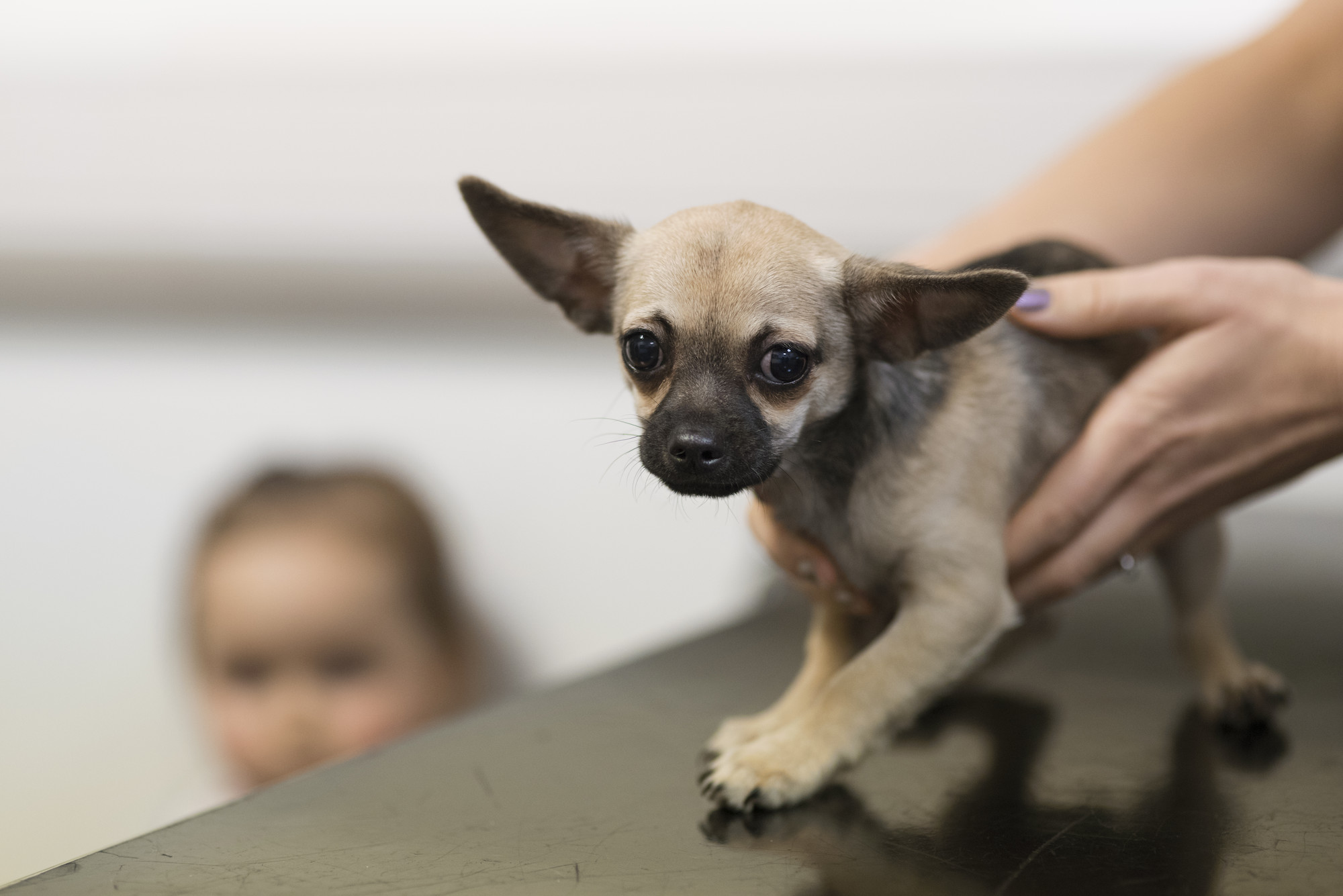
Xylitol poisoning in dogs
Xylitol is a common sugar-free ingredient for humans but is highly toxic to dogs. It can cause blood sugar levels to plummet and liver damage. Even small amounts can be fatal so early veterinary intervention is crucial.
Xylitol (sometimes called wood sugar or birch sugar) is a common sugar substitute that can be toxic to dogs. Even small amounts can be fatal.
It’s regularly found in sugar-free chewing gum, toothpaste, mouthwash, vitamin supplements, a small handful of peanut butter brands and other 'low sugar' or sugar-free products. Prevention is key. All human food should be kept out of the reach of dogs, but be particularly vigilant around products containing xylitol. Ensure no packs of chewing gum are left lying around the home or kept in pockets and handbags that your pet can raid.
What is the timeline for xylitol poisoning?
Signs of poisoning can be rapid or delayed, but you should never wait for symptoms to appear before seeking veterinary help. This could put your dog’s life at risk. In most cases, symptoms will start to appear within 30 minutes but can take up to 12 hours to develop in some cases.
What are the symptoms of xylitol poisoning?
Symptoms can include:
- vomiting
- lethargy (tiredness)
- disorientation
- collapse
- seizures and tremors
- unconsciousness or coma
What should I do if my dog has eaten xylitol?
If you suspect that your dog has eaten something containing xylitol, you need to get them to the vets straight away as it can be absorbed into the blood stream rapidly.
If a drop in blood sugar levels is prevented or brought under control quickly, the prognosis is good. Delays in veterinary intervention can cause further complications, irreversible damage and increase the likelihood of xylitol poisoning becoming fatal. Ensure that, wherever possible, you take the packaging of the product that your dog has consumed to the vets.
Why is xylitol toxic to dogs?
Xylitol can cause hypoglycaemia (low blood sugar levels) as a dog’s pancreas will confuse it with real sugar, which makes it release more insulin. The insulin then removes the real sugar in the body, leading to plummeting blood sugar levels. Another reaction to xylitol is liver failure and this is even more serious, but it’s not known what causes this to happen.
How much xylitol is dangerous to dogs?
Products can have widely varying levels of xylitol in them, but only small amounts of the substance can cause serious harm. Depending on the concentration of xylitol and the size of the dog, just one stick of chewing gum is enough to be toxic and make your pet critically ill.
How is xylitol poisoning treated?
If you get to the vets early enough then your vet may be able to induce vomiting to get the product out of your dog’s system, greatly reducing the chances of any serious damage.
After this, your dog is likely to be put on a sugar intravenous drip to regulate blood sugar levels and kept under close monitoring for two to three days. If the liver is affected, it's far more serious and will normally require specialist lifesaving treatment.
Is xylitol dangerous to other pets in the household?
Xylitol can be toxic to other animals so keep all products containing it, and all other human food, out of the reach of all pets in the household.
Page details
Reviewed
• 31 July 2023
Next review
• 30 July 2026






